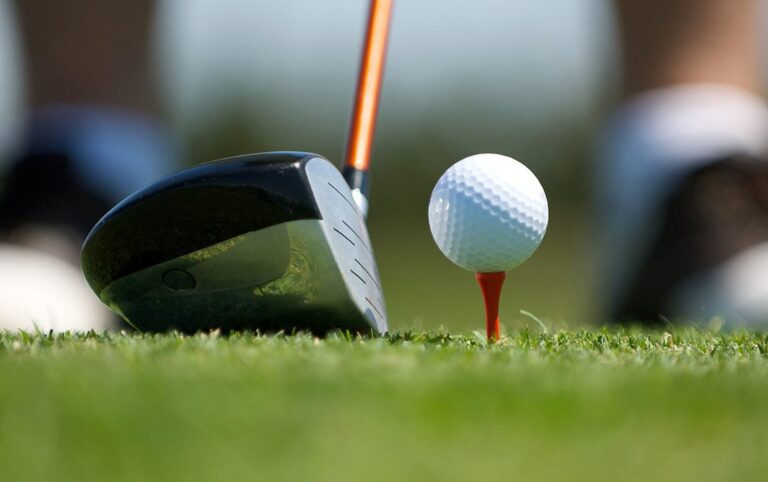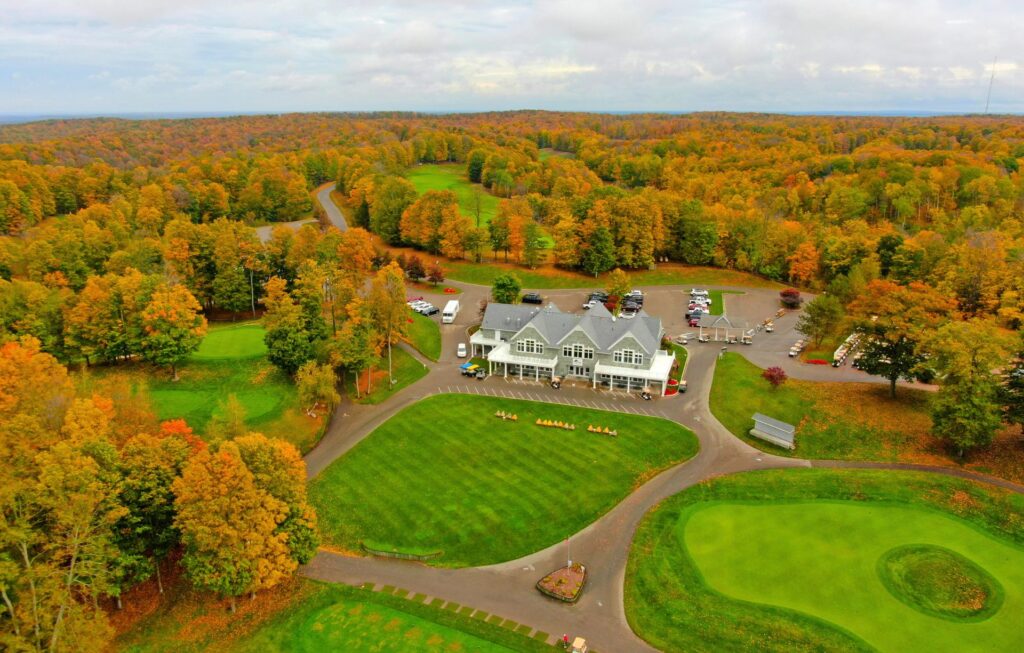How Long Do Golf Balls Last? Understand Their Lifespan

How Long Do Golf Balls Last?
Golf balls, integral to the game of golf, are meticulously designed for performance and durability. However, like any sporting equipment, they are not immune to wear and degradation over time. Understanding the lifespan of golf balls, including factors that affect their longevity and how to maximize their performance, is essential for golfers aiming to optimize their game. Let's delve into the intricacies of golf ball durability and how long they typically last.
Factors Affecting Golf Ball Longevity
How long a golf ball lasts depends on several factors, including its construction, storage conditions, usage frequency, and the environment in which it is played. Modern golf balls are typically composed of a solid core surrounded by layers of material designed to enhance distance, control, and spin. These materials can degrade over time due to exposure to sunlight, heat, moisture, and even repeated impacts with club faces and surfaces on the golf course.
Shelf Life of Golf Balls
Golf balls do not have a specific expiration date like perishable goods, but they do have a shelf life influenced by storage conditions. When stored properly in a cool, dry place away from direct sunlight and extreme temperatures, golf balls can maintain their performance characteristics for an extended period. However, exposure to heat and humidity can accelerate the aging process, causing the materials to lose elasticity and affecting the ball's performance.
According to Foresight Sports, a leading provider of golf simulation technology, golf balls stored in optimal conditions can typically retain their performance attributes for up to 7 years. Beyond this timeframe, degradation becomes more noticeable, resulting in reduced distance, less spin control, and overall diminished performance on the course.
Imagine your perfect swing and the perfect gear.
Reliable golf balls, pristine courses, and lasting memories—what more could you ask for?
Effects of Usage and Impact
How long golf balls last also depends on how frequently it is used and the intensity of play. High-speed impacts with club faces and hard surfaces, such as cart paths or trees, can cause abrasions and alter the ball's aerodynamic properties over time. Even minor scuffs and scratches can affect the ball's trajectory and spin rate, impacting a golfer's ability to control shots effectively.
Regularly inspecting golf balls for signs of wear and replacing those that show significant damage or deterioration is crucial for maintaining consistent performance during play. Professional golfers and serious amateurs often change balls more frequently to ensure optimal performance and minimize the risk of using compromised equipment.
Tips for Extending Golf Ball Longevity
To maximize the lifespan of golf balls and preserve their performance:
- Store them in a cool, dry place indoors, such as a climate-controlled environment or golf bag.
- Avoid leaving them in direct sunlight or extreme temperatures, such as inside a car on hot days.
- Rotate golf balls in use to distribute wear evenly across a set.
- Clean golf balls regularly with mild soap and water to remove dirt and debris that can affect performance.
- Replace golf balls that show visible signs of damage, such as cuts, scuffs, or a loss of elasticity.
While golf balls do not have an expiration date, they do have a finite lifespan influenced by various factors such as storage conditions, usage frequency, and environmental exposure. By understanding these factors and following best practices for storage and maintenance, golfers can extend the longevity of their golf balls and ensure consistent performance on the course. Whether playing recreationally or competitively, treating golf balls with care and replacing them when necessary enhances the overall golfing experience and helps players achieve their best game.
Other Articles You Might Enjoy
Boosting Attendance Means Boosting Success
In the world of association management, the annual conference is often the crown jewel of the year’s events. It’s a…
What to Wear Skiing for the First Time: A Beginner’s Guide
So, you’ve decided to hit the slopes for the first time-awesome! But before you buy your lift ticket and imagine…
What to Bring Snowboarding: Essentials and Fun Add-Ons for Your Trip
A snowboarding trip at Treetops Resort promises adventure, breathtaking views, and an unforgettable time on the slopes. But whether you’re…
What’s a Good Golf Handicap? Understanding Golf Handicaps by Age
Golf is a game of skill, patience, and continuous improvement. One of the most talked-about aspects of the game is…
Snowboarding Tips for Beginners
Are You a Beginner Looking For Snowboarding Tips? Ready to dive into snowboarding? For beginners, the sport can feel daunting…





